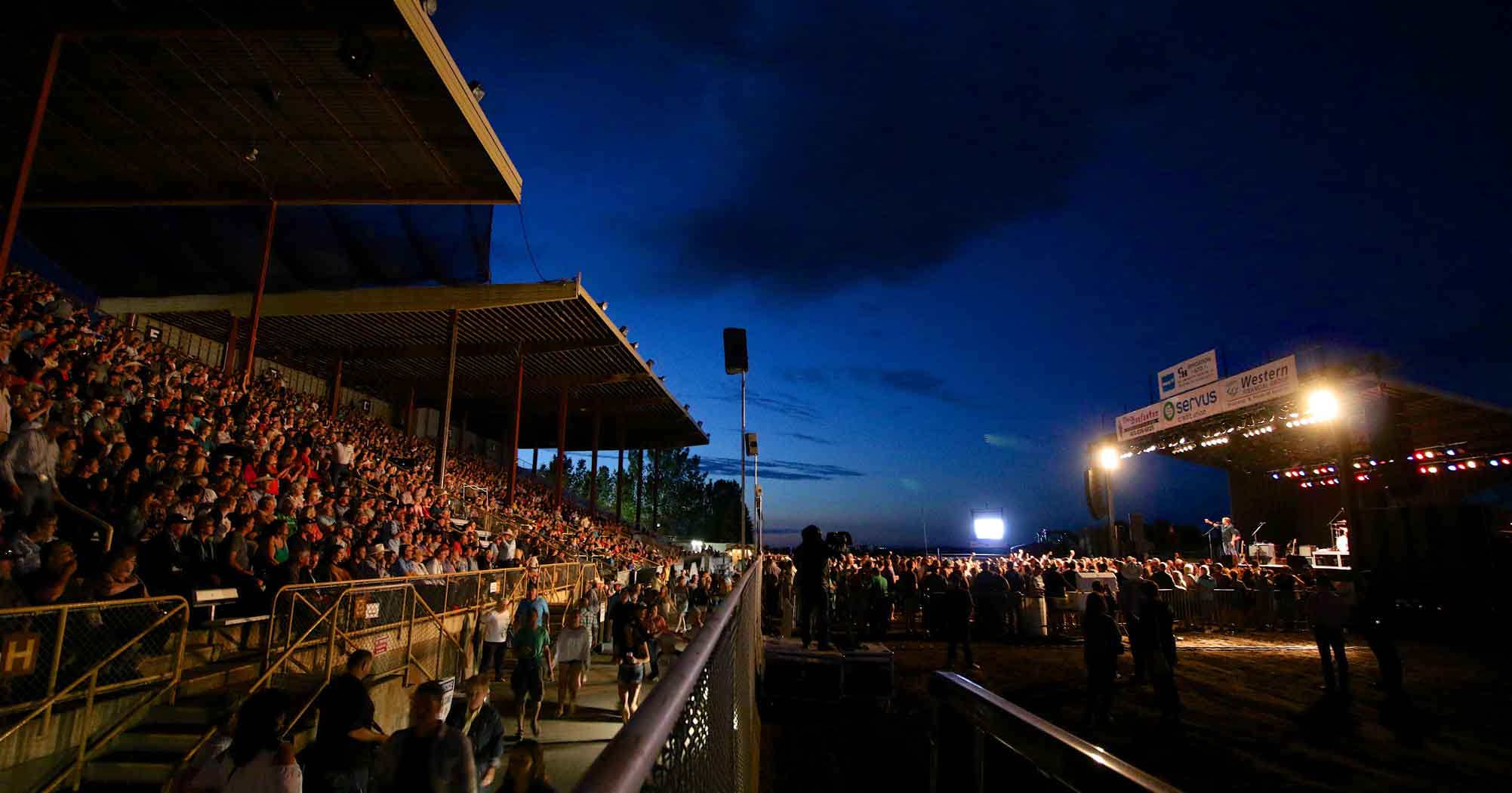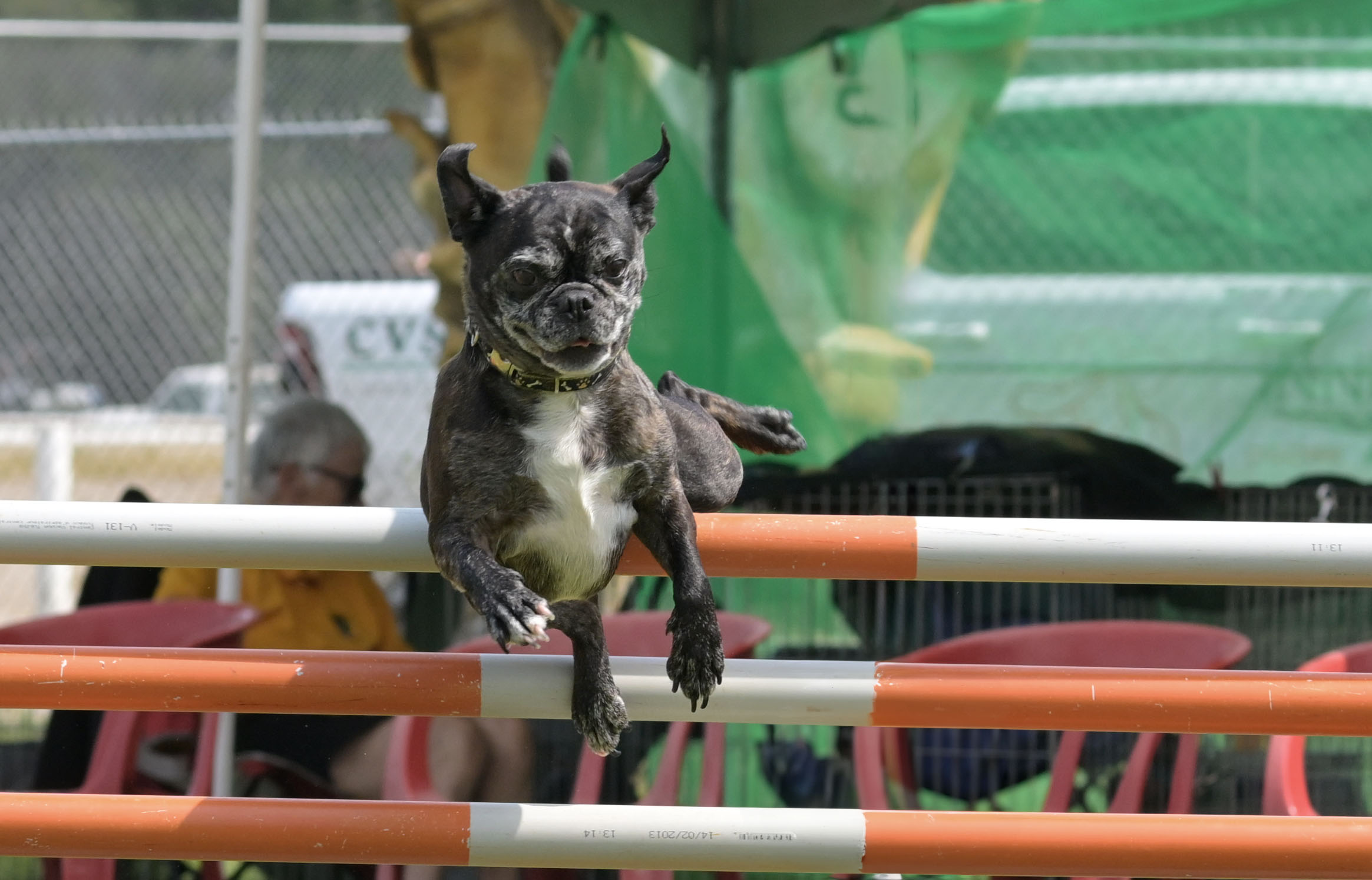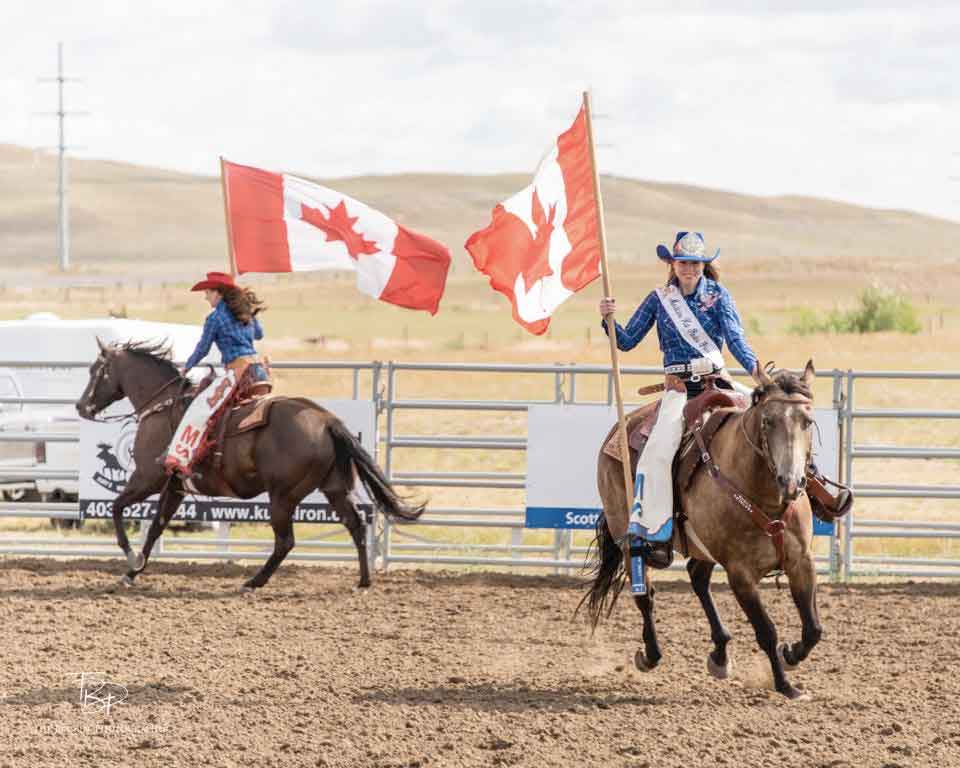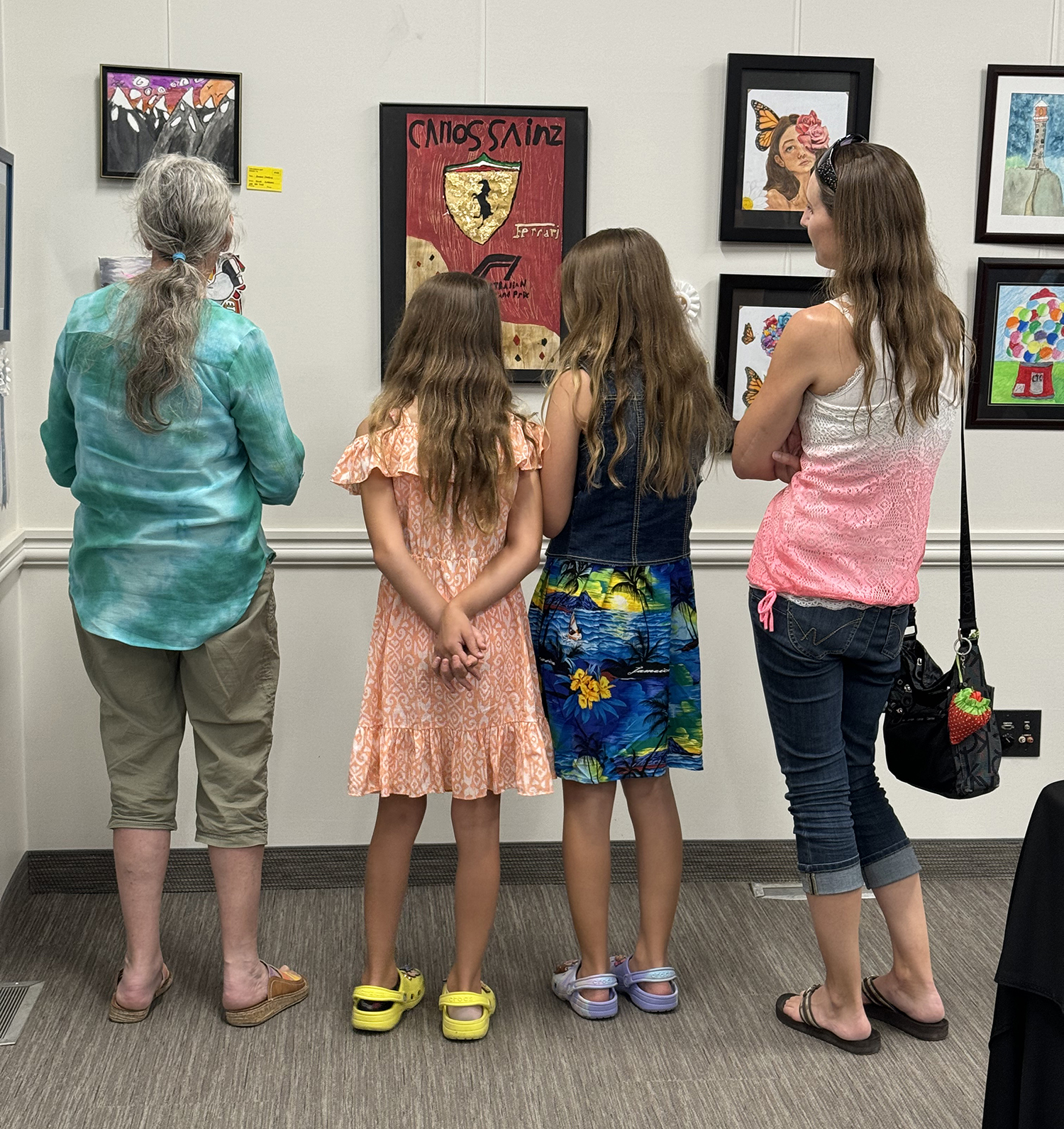Mon., July 21, 2025
Local Bands
Rocking Local Musicians
Get your boots stomping at the annual Stampede Summer Jam






Thank You to Our Sponsors…





Open during the Stampede daily from 5 p.m. until midnight. Free admission and must be 18 or over to attend. Each night we have some great music you can dance away into the night.

Noon until midnight every day of Stampede Week, stage times vary with each act. Free Stage Entertainment is free to enjoy with daily gate admission.
Some staples include Spruce Meadows Prairie Dogs and Terrance B, Hypnotist, plus our spectacular fireworks performance.
2025 schedule to be announced.


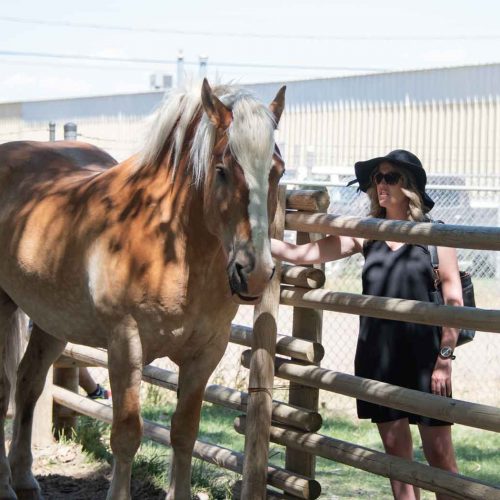




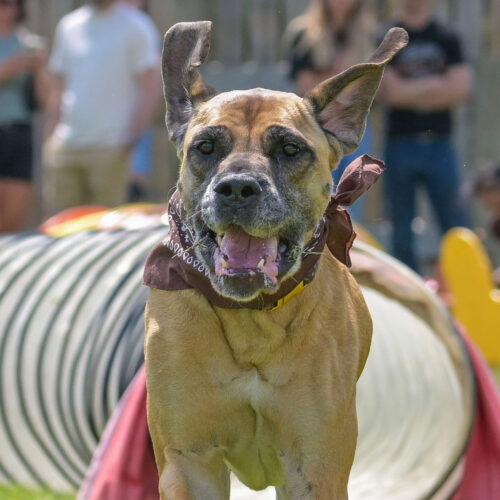


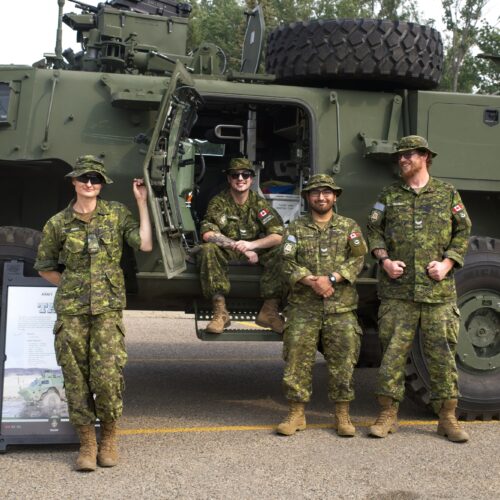
The Midway is brought to you by West Coast Amusements
Stampede-goers must be at least 2 years old and 36” tall to ride any ride.
Wristband pre-sale at all Co-op’s & Co-op gas bars.
For more information about the Midway visit West Coast Amusements’ website here










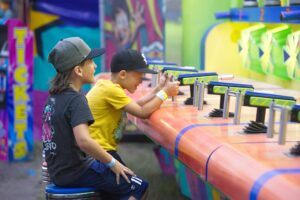


Stampede Thursday (July 24, 2025) – 5 p.m.
Stampede Friday (July 25, 2025) – 8 p.m.
Stampede Saturday (July 26, 2025) – 1:30 p.m.
At one-go rodeos and multi-go rodeos points are awarded to 10 places in the go round(s) and average. In the case of a tie, points are added together and split. Also, all contestants will receive 5 pts for competing. The points for the go-round(s) and average are as follows:
For Rodeo Results, Standings and more information from the Canadian Professional Rodeo Association, please click HERE
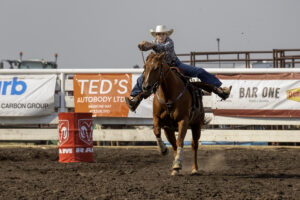


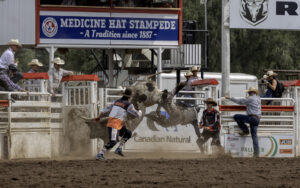




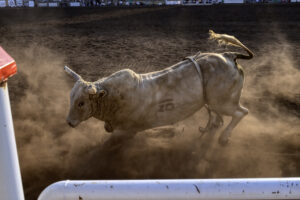
Two contestants, two horses, two ropes, one steer and one barrier rope. Team roping requires close cooperation
and timing between highly skilled ropers, a header and heeler. As in other timed events, the team ropers
start from boxes on each side of the chute from which the steer is released into the arena. The steer
gets a head start depending on the length of the arena. The header takes off in pursuit, with the heeler
trailing slightly behind. If the header breaks the barrier before the steer completes its head start, the ropers
are assessed a ten second penalty. Once the header makes his catch he turns the steer to expose the back
legs to the heeler. The heeler then attempts to rope both hind legs. If only one is caught, there is a five second
penalty. The clock is stopped when there is no slack in the ropes and the horses are facing each other.
Tie-down roping is the most technical event in rodeo. At the start of the run, the roper must remain behind
the barrier until the calf crosses the scoreline. Breaking the barrier adds ten seconds to the roper’s time.
After roping the calf, the cowboy dismounts from his horse, runs down his rope and lays the calf down by
hand. If the calf is down when he reaches it, he must allow the calf to get up and then lay it down. The
roper then ties any three legs with a “piggin’ string” (a shorter rope he carries between his teeth). The tie
must hold for six seconds after the roper remounts his horse. The work of the horse is crucial; he must rate
the speed of the calf, stop on cue in a single stride then hold the rope taut while the roper runs to his calf.
Timing, coordination and strength are prerequisites for a steer wrestler. To begin with, he must remain behind the
barrier, which is a rope stretched across the front of the starting box, until the steer crosses the scoreline, giving it
a prescribed head start. If the cowboy breaks the barrier, ten seconds are added to his time. The horse is trained
to run beside the steer and then run on by as the steer wrestler reaches for his steer. The steer wrestler catches
the right horn in the crook of his right arm then must hit the ground with his legs extended forward in order to
bring the steer to a halt. Using his left elbow and forearm as leverage under the steer’s nose, he ‘bulldogs’ the
steer to the ground. The steer must be flat on its side with all four legs extended. The second mounted cowboy is
the hazer and it’s his job to keep the steer running straight, allowing the bulldogger to get down on the steer.
One of rodeo’s most popular events, the barrel race requires the rider and her horse to complete a cloverleaf pattern
around three barrels. The time starts when the competitor crosses an electric beam of light (start / finish
line) and the time is completed when she recrosses the line after completing the pattern. Talented riders on fast,
athletic horses that can blaze through the pattern while keeping all three barrels standing are the key to success.
A five second penalty is assessed for a barrel being tipped over, effectively knocking the rider out of the money.
This event is the most physically demanding in rodeo. The cowboy inserts his gloved hand into the suitcase handle-like bareback riggin which is made of leather and is cinched around the horse. The stress on the riding arm is intense, absorbing most of the horse’s power. The rider will be disqualified for failing to keep his spurs over the break of the horse’s shoulders until the first jump out of the chute is complete, for touching the animal or equipment with the free hand, or for getting bucked off before the end of the eight-second ride. Riders try to spur the horse on each jump, reaching as far forward as they can with their feet, then bringing their spurs back toward the riggin. While they look wild and out of control, the great bareback riders are anything but – keeping their bodies in the middle of the horse’s back while working their spurs to advantage for the entire eight seconds.
In the “classic event of rodeo”, the rider spurs from the animal’s shoulders in an arc-like motion toward the
back of the saddle in time with the bronc’s actions. The cowboy rides in an “Association Saddle” with no horn
while holding onto a braided buck rein. He wears spurs with dull rowels and chaps of light leather. The cowboy
places his hand on the rein carefully to maintain balance and avoid either being pulled down over the
front end or launched out ‘the back door’. To qualify for a score, the rider must have his boots over the break
of the horse’s shoulders until the horse has completed his first jump out of the chute. He cannot touch any
part of the animal or equipment with his free hand, lose a stirrup or get bucked off before the end of the eight
second ride. The higher and harder the horse bucks and the better the cowboy spurs-the higher the score.
Rodeo’s most dangerous event and the toughest eight seconds in sport. The bull rider inserts his gloved hand
into the handhold of a flat, braided rope which is passed around the girth of the bull, into the palm of the
hand, around behind the wrist and into the palm of the hand one more time. A weighted cowbell hangs on
the underside of the rope allowing it to fall free when the ride is completed. During the eight second ride, the
cowboy must keep himself close up on the handhold to prevent his arm from straightening and jerking his
hand loose at the same time keeping his free hand from touching the bull. Riders are not required to spur, as
staying on these strong, athletic, loose-hided and often cantankerous animals is difficult enough. But if the
cowboy is able to use his feet, he can improve the mark from the judges. Rather than pick-up men, skilled
‘’bullfighters’ distract the bull at the end of the ride to allow that cowboy to escape to safety.
Breakaway roping is the event comparable to the men’s tie-down roping on the cowboy side except the cowgirls are not required to dismount and tie the calf. In breakaway roping, the cowgirl has a flag tied close to the end of her rope and a nylon string tied from the rope to the saddle horn. When the rope grows tight after the calf is roped, the string breaks away from the saddle horn and the flag goes flying, signaling the timer to stop the clock. The time in the breakaway roping can sometimes get as fast as 2.0 second run. The women must concentrate on the perfect get out and roping the calf clean around the neck.




Joleigh Wood was raised on a family farm in Saskatchewan, where she developed a lifelong passion for agriculture and the equine community. From an early age, she was actively involved in 4-H and has remained committed to the organization and its values throughout her life. Her love for horses was inspired by her mother, who instilled in her a deep appreciation and respect for the animals. Joleigh is deeply dedicated to community involvement and is a strong advocate for women in agriculture. She is passionate about serving as a positive role model for youth and is committed to making a meaningful impact in her community. Her aspirations include becoming an elementary school teacher, where she hopes to continue supporting and inspiring the next generation. Through her experiences in 4-H, Joleigh has developed strong leadership kills, a deep sense of responsibility, and the ability to mentor others with patience and empathy. She is honored to be a candidate for the title of Medicine Hat Exhibition and Stampede Rodeo Royalty and looks forward to the opportunity to represent her community with pride and integrity.
Medicine Hat Exhibition & Stampede has a longstanding history in Medicine Hat. Our first Agricultural Exhibition took place in 1887 and from there is has grow to where we are today, 4 exciting days of a mix of Rodeo, Night shows, Amusement Rides, Free Entertainment Stages, Kiddies Day and of course our Summer Tradeshow!
Our Summer Tradeshow has become a staple of the Summer Stampede that our community has come to expect.
For more information visit our website www.mhstampede.com or contact our Tradeshow Coordinator at 403-527-1234 dgunderson@mhstampede.com
This is an application only and does not constitute an agreement. DO NOT send money when returning this form. The Medicine Hat Exhibition & Stampede reserves the right to limit and select times or products for sale or display.
The parade is organized by a committee of dedicated volunteers and community supporters.
Your entry into the Medicine Hat Exhibition & Stampede parade is a richly rewarding experience for you to get involved in. It is a great way to build teamwork, pride and community spirit within your organization while giving back to our community and having fun in the process. There is nothing like parading your civic pride, come and showcase your product and celebrate our Western heritage.

After the positive feedback we got from our community, we decided to keep our parade route the same as last year!
Starting by the Curling Rink we turn Right onto Maple Ave
Left onto 1st St, under the underpass
Left onto 6th Ave
Right onto 2nd St
Right onto River Road and follow it around to the end.
**Some of our categories have changed! **
PARADE CATEGORIES
CLASS 1 – Cowboys and Cowgirls > Entry Fee $10
Includes Shetland Pony Group entries may be fancy dress, Cowboy or Aboriginal. All entrants must be mounted. Judging will be based on Practical Range Equipment, Horse Rider Dress and General Appeal. Glamour: Judging based on horse, costume, equipment and Showmanship.
CLASS 2 – Western Riding Groups / Ranch Class > Entry Fee $20
Group of riders dressed in western theme. Judging based on Horse, Riders, Dress Equipment and General Appeal. Entry may consist of group of riders, chuckwagons, load of buggies.
CLASS 3 – Comic > Entry fee $20
Entries may be individual or a group, BUT groups will be judged as a single entry. Judging based on humor and costume, and originality.
CLASS 4 – Commercial Floats > Entry Fee $20
A float or decorated car by entered by a person or firm engaged in the manufacturing or processing or a firm engaged in the wholesale or retail business. Vehicles should bare the entrants name and related advertising.
CLASS 5 – Organizations > Entry Fee $20
A float or decorated car entered by or on behalf of an ORGANZATION, FRATERNAL GROUP, CLUB OR LODGE. These must be primarily of an artistic nature or represent a theme and may bear entrants name.
CLASS 6 – Community Floats > Entry Fee $20
Float or matching group representing city, town or municipality.
CLASS 7 – Agricultural / Community Youth Groups > Entry Fee $20
A float or decorated car entered by an organization providing services for children, teens or students (i.e. Daycare, Big Brothers, 4H Club, Guides/Scouts, Youth Centres etc.). Judging will be based on theme, Originality and Construction.
CLASS 8 – Antique Cars, Trucks and Tractors > Entry Fee $10
Eligible vehicles must be of **1978 vintage or earlier, in running condition and must carry make and vintage identification, but no advertising.
CLASS 9 – Non-Competitive > Entry Fee $10
This class is provided for individual or firms wishing to a float for advertising or good will purposes and is not desired to compete for a prize. Entries in this class must be 60% decorated with the exception of rental and dealership vehicles.
NEW! CLASS 10 – Canine Friends > Entry Fee $10
This class is for all those who work with professional canine companies: groomers, vets, SPCA, certified trainers, service dog companies etc. This is NOT open to dog owners at large. You must be a recognized canine organization to participate. All dogs must be leashed and well mannered if walking
NEW! CLASS 11 – Decorated Golf Carts > Entry Fee $20
This class is open to anyone wishing to decorate their golf cart . Must have a valid drivers license. Must be at least 80% decorated to compete.
We accept cash, debit, cheque, or credit card. Payment can be made by phone or in person at the Stampede Office.
E-transfer to finance@mhstampede.com Please use the password Sunflower2
In person payments can be made at the Stampede Office located at 2055 21st Ave SE, Medicine Hat, AB. We are open Monday to Friday, 8:30am to 5:00pm.


